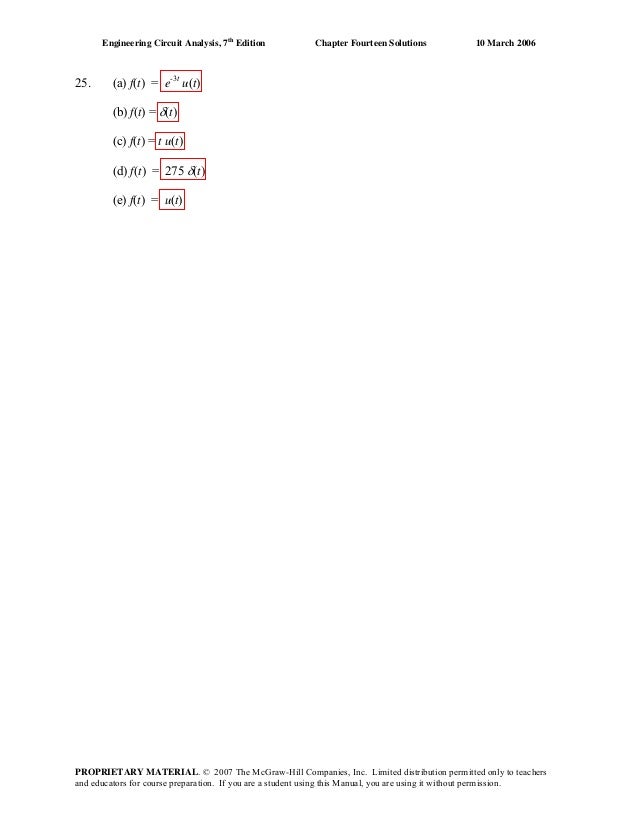
(d) The total charge passed left to right in the interval 0.08 0, >+ 0 separately: for t 0, -2 + 3e3t = 0 leads to t = (1/3) ln (2/3) = -0.135 s (impossible) Therefore, the current is never negative. Thus, we find a maximum charge q = 40.5 C at t = 2.121 s. Substituting t = 2.121 s into the expression for d2q/dt2, we obtain a value of 14.9, so that this root represents a maximum. (b) To find the maximum charge within 0 t 3 s, we need to take the first andĭq/dt = 36t 8t3 = 0, leading to roots at 0, 2.121 s d2q/dt2 = 36 24t2 (a) Total energy (in J) expended is 60 = 6.9 kJ. The power drawn from the battery is (not quite drawn to scale): (d) At 100 pulses per second, the average power is Pavg = (100 pulses)(1 mJ/pulse)/(1 s) = 100 mW.Ħ. (c) To compute the peak power, we assume the pulse shape is square: Then P = 110-3/7510-15 = 13.33 GW. (b) At 20 pulses per second, the average power is Pavg = (20 pulses)(400 mJ/pulse)/(1 s) = 8 W. (a) To compute the peak power, we assume the pulse shape is square: Then P = 40010-3/2010-9 = 20 MW. We require (130.5 kW)(3 hr) = 391.5 kW-hr therefore one battery is sufficient.

(c) A single battery has 430 kW-hr capacity.

(a) With 100% efficient mechanical to electrical power conversion, (175 Hp) = 130.5 kW Solution_manual_of_engineering_circuit_analysis_6thed_solutions/solutions_chap02.pdfCHAPTER TWO SOLUTIONSĮngineering Circuit Analysis, 6th Edition Copyright 2002 McGraw-Hill, Inc. Solution_manual_of_engineering_circuit_analysis_6thed_solutions/list.txtsolutions_chap02.pdf solutions_chap03.pdf solutions_chap04.pdf solutions_chap05.pdf solutions_chap06.pdf solutions_chap07.pdf solutions_chap08.pdf solutions_chap09.pdf solutions_chap10.pdf solutions_chap11.pdf solutions_chap12.pdf solutions_chap13.pdf solutions_chap14.pdf solutions_chap15.pdf solutions_chap16.pdf solutions_chap17.pdf solutions_chap18.pdf solutions_chap19.pdf


 0 kommentar(er)
0 kommentar(er)
